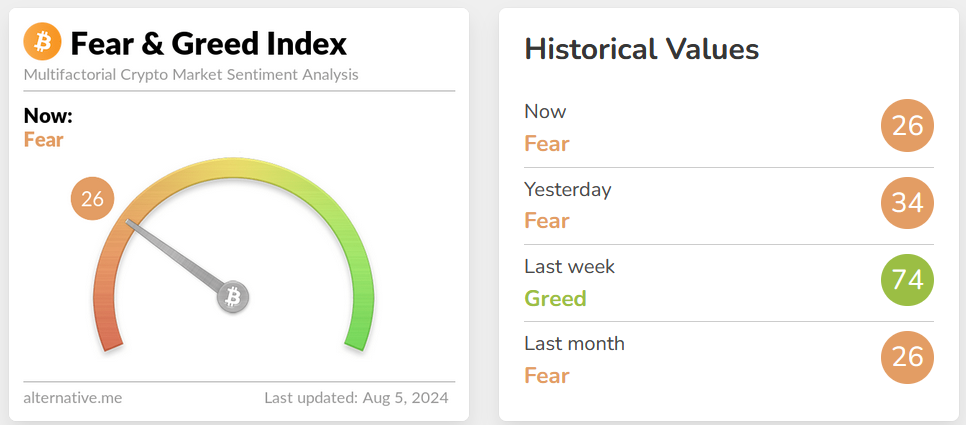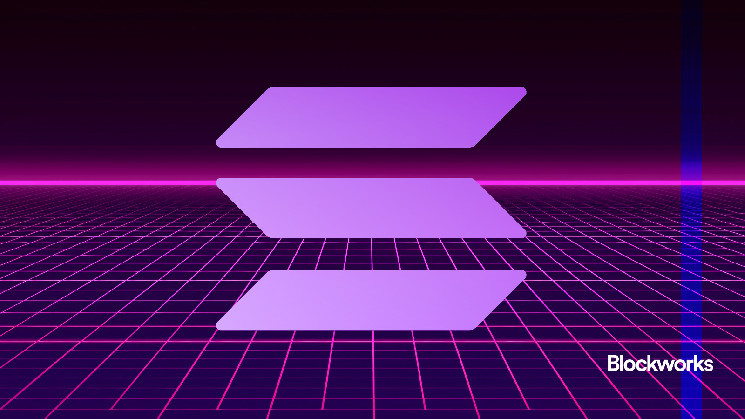Today, enjoy the Lightspeed newsletter on Blockworks.co. Tomorrow, get the news delivered directly to your inbox. Subscribe to the Lightspeed newsletter.
Howdy!
It’s been a recent bugaboo of mine that people in crypto feel less inclined than before to actually explain why anything they’re doing matters or will matter to people in the real world.
I’m not the first to point this out — financial nihilism has become a popular explanation for why memecoins took off — but it got me thinking about whether new users would enter a space so uninterested in explaining itself:
New Solana users don’t seem to be new to crypto
Crypto markets roared back to life in 2024 as crypto winter thawed, and perhaps no blockchain ecosystem has benefited so much from the renewed bull run as Solana.
Since the turn of the new year, the network has brought on more than 42 million new unique active addresses, according to data from Blockworks Research. Solana is also challenging Ethereum in certain DeFi metrics despite being years younger and touting a far smaller market capitalization.
Bitcoin, obviously, has been another major beneficiary of the bull run, but its price action hasn’t been as pronounced as that of SOL — which is still up roughly 18 multiples from its low around $8 in 2022.
But what’s unclear is whether this surging price and raft of new users has brought new blood into crypto or if these new users are existing crypto users pivoting to the hot new blockchain.
I posed this question in Solana’s subreddit and to a few Solana builders. What I found anecdotally was that for the most part, these new users appear to be existing crypto users who glommed onto Solana for its price upside or ease of trading memecoins. While it makes sense that Solana’s new users didn’t just materialize from nowhere, it does raise the question of whether today’s version of crypto is developing ecosystems that are appealing to interested outsiders.
Centralized exchanges aren’t gaining new users, which means the crypto space is probably not growing, said Ganesh Swami, CEO and co-founder of blockchain data analytics firm Covalent. Swami said he doubts Solana’s new users are new to crypto, but this “isn’t really bad because they are being taken for a toss with the extractive apps like pumpdotfun.”
This was a sentiment I saw echoed on Reddit, where new Solana users seemed to mostly have come from other blockchains in order to trade memecoins. One user said they got started on Solana because someone on Instagram said they’d go “from 1 sol to 100 sol” by trading memecoins.
So despite prices going up, it doesn’t seem like new users are flooding into crypto, even though crypto has quite a bit of room to grow. The Fed estimated that just 7% of American adults had crypto as of 2023.
To my mind, one potential reason for this is that crypto and Solana’s primary use case being risky bets on tokens has remained mostly unchanged from prior market cycles. Without new use cases, it’s hard to find new users, especially since most people have at least heard of crypto at this point.
Chris Liquin is the co-founder of Solana-based social platform Cupcake. He told me that his growth strategy is onboarding crypto natives with an experience that is more “fun” and “sustainable” than memecoin trading — and then hoping they’ll eventually share the platform with their “crypto curious friends.”
I asked Liquin how he plans to actually land these crypto-curious users. He mentioned leaderboards, special taglines, rewards, and referral bonuses, and added that more broadly, crypto needs more fun and user-friendly experiences to onboard users rather than “memecoin lists, candlestick charts, [and] seed phrases.”
— Jack Kubinec
Zero In
Here’s a hopeful Friday chart for you:

This is Blockworks Research’s visualization of unique Solana addresses. The dark purple is existing addresses, and the lighter purple is new addresses. As you can see, the number of new addresses has increased nearly every month since late 2023.
Caveat time: There could be many explanations for what’s behind this, and new addresses do not necessarily mean new users, as one user or entity can have many Solana addresses.
But hey, you’d still rather have your address chart look like this than remain flat, right?
– Jack Kubinec
The Pulse
ICYMI — Solana stories you may have missed this week:
- Magic Eden announced its ME token, aiming to expand beyond the NFT sector. The token will be claimable via the Magic Eden wallet on mobile and desktop, though US users are excluded from this opportunity.
- Wormhole deployed its new MultiGov program to Devnet, bringing a pioneering multichain governance system to DAOs on Solana, Ethereum mainnet, and EVM L2s.
- McDonalds’ Instagram was hacked, resulting in scammers making off with $700K in Solana after promoting a sham Grimace memecoin.
- RISC Zero launched ZK capabilities on Solana, enabling boundless execution for developers and introducing new use cases previously impossible on the blockchain.
- Mango Markets DAO is considering a settlement with the SEC, proposing to pay a $223,228 fine without admitting or denying wrongdoing.
- XNET went live on Solana, expanding mobile coverage through DePIN networks, rewarding deployers for filling in cellular dead zones.
- Drift Protocol created BET, a prediction market platform on Solana, challenging Polymarket with its multi-token and capital-efficient offerings.
— Jeffrey Albus
One Good DM
A message from Michael Repetny, core contributor at Marinade:
 blockworks.co
blockworks.co
